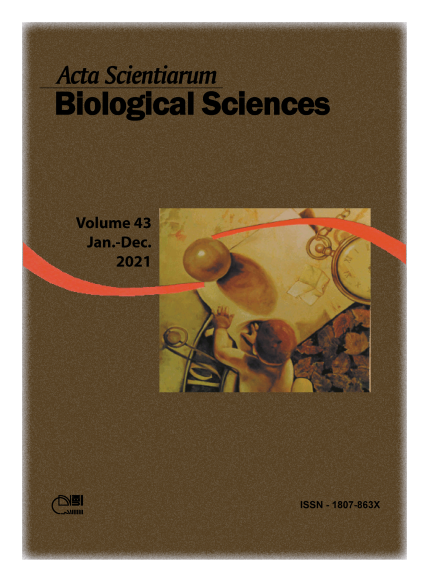Antifungal activity of homeopathic medicines against the white mold causing agent Sclerotinia sclerotiorum
Resumo
White mold disease, caused by fungus Sclerotinia sclerotiorum (Lib.) de Bary., is a disease hard to control due to the high amount of sclerotia produced, which guarantees its survival in the soil for years leading to significant yield losses. Alternative techniques to control the pathogen have been researched, including homeopathy. The present work aimed to evaluate the in vitro antifungal effect of homeopathic medicines on S. sclerotiorum mycelial growth. Homeopathic medicines Sulphur, fungal sclerotium Nosode and Calcarea carbonica, in 30CH, 200CH and 1000CH dynamizations were tested. Assays were carried out in a completely randomized design, with four repetitions. Experiments were performed through the addition of homeopathic medicines on the surface of plates containing culture medium, followed by insertion of a disc containing fungus mycelia and incubation. Control treatment received no homeopathic medicine. The mycelial progression was monitored by seven halo diameter measurements during experiment period. All homeopathic medicines tested and their dynamizations were able to inhibit partially the development of the fungus. Calcarea carbonica at the dynamization of 1000 CH showed the best inhibitory effect on S. sclerotiorum, which under its effect produced a mycelial halo 40% smaller than the control treatment.
Downloads
DECLARAÇÃO DE ORIGINALIDADE E DIREITOS AUTORAIS
Declaro que o presente artigo é original, não tendo sido submetido à publicação em qualquer outro periódico nacional ou internacional, quer seja em parte ou em sua totalidade.
Os direitos autorais pertencem exclusivamente aos autores. Os direitos de licenciamento utilizados pelo periódico é a licença Creative Commons Attribution 4.0 (CC BY 4.0): são permitidos o compartilhamento (cópia e distribuição do material em qualqer meio ou formato) e adaptação (remix, transformação e criação de material a partir do conteúdo assim licenciado para quaisquer fins, inclusive comerciais.
Recomenda-se a leitura desse link para maiores informações sobre o tema: fornecimento de créditos e referências de forma correta, entre outros detalhes cruciais para uso adequado do material licenciado.












1.png)




3.png)













